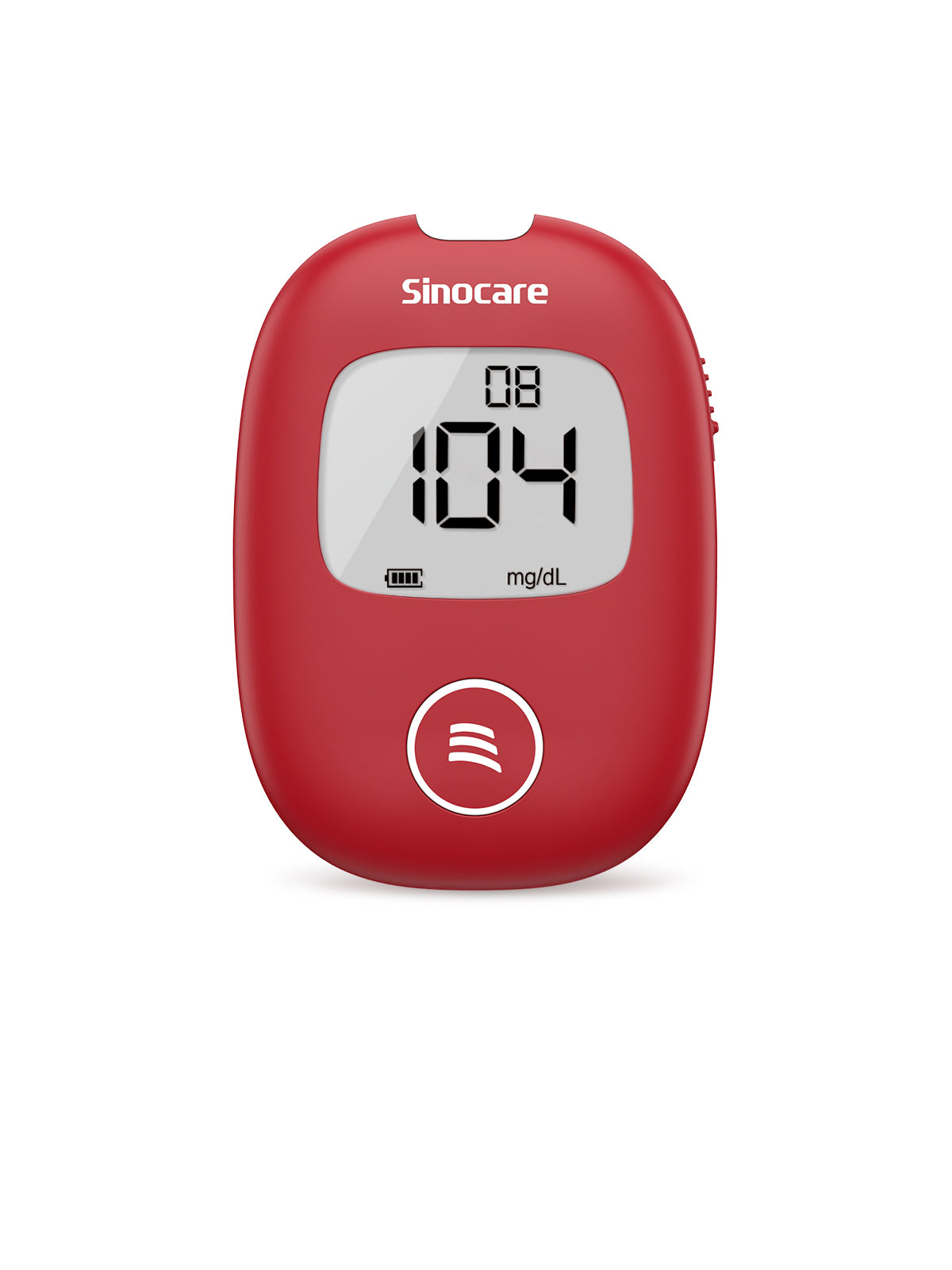The mandarin is a fruit present in various parts of the world, and especially when it is fresh in season it is very tasty and juicy. The skin coloration of a ripe tangerine is orange, while the inner coloration of the fruit is usually light orange. A whole tangerine usually weighs an average of 80-150 grams, depending on the variety, but some types can be smaller or larger. Tangerines are harvested in autumn and early winter, but can be available on the market all year round thanks to advanced cold storage techniques.
Nutrition Value of Mandarin
A 100-gram tangerine is on average composed of 85% water, and contains about 47 calories, 0.8 grams of protein, 12 grams of carbohydrates, about 2 grams of fiber. In addition, this fruit is a rich source of vitamin C and contains more than 26% of the amount of vitamin C needed by the body every day; in addition, there are nutrients such as 4% folate (a B vitamin that plays a role in metabolism), 3% calcium and 5% potassium.[1]
Calories and GI in Mandarin
A whole tangerine has an average of about 47 calories, so it is low in calories. In addition, despite its juicy and inviting taste, its glycemic index is really low, equal to 30 on average, and therefore does not cause harmful glycemic peaks in people with diabetes. For this reason, tangerine can be a good choice for people with diabetes, as it does not negatively increase blood sugar levels, but provides numerous nutrients and fiber, which are beneficial substances for the body. In addition, tangerines are rich in antioxidants and are also able to strengthen the immune system. [1]
Benefits & Risks of Eating Mandarin with Diabetes
As seen above, taking tangerines brings numerous benefits to the body, thanks to the vitamin C and the high amounts of nutrients and antioxidants present. In addition, thanks to the relatively low glycemic index, the intake of tangerines does not cause glycemic peaks, and therefore, if consumed in moderation, without exaggeration, the mandarin is a fruit absolutely compatible with the diet of a person with diabetes. In addition, tangerines are rich in antioxidant and anti-inflammatory compounds, including flavonoids and carotenoids. The flavonoids present are Hesperidin (citrus flavonoid that can have hypotensive, anti-inflammatory and antioxidant effects in the body) and Naringenin (citrus flavonoid that can help improve the function of blood vessels and improve antioxidant defenses in the body). The carotenoids present are Beta-cryptoxanthin (a compound that acts as an antioxidant and can be converted by the body into the active form of vitamin A) and Lycopene (a powerful antioxidant found in high amounts in tangerines and can protect against heart disease). [1]
How Much Mandarin Can I Eat with Diabetes?
A medium-sized fruit (about 100 grams) can have an average of only 47 calories and multiple benefits for the body. Therefore, according to your diet, it is possible to establish the amount of tangerines to be taken, so as not to exceed. In any case, a good compromise could be to consume one or two tangerines a day, as an excess could cause heartburn and irritability of the esophagus. In fact, tangerines contain organic acids, mainly citric acid and ascorbic acid (i.e. vitamin C) and, although these acids are beneficial for the body, they can irritate the stomach lining if taken in excessive quantities. [1]
Fruit Alternatives for Diabetes
The mandarin turns out to be a really good fruit for a person with diabetes, it is probably even one of the best fruits as it does not cause glycemic peaks, is rich in fiber, rich in vitamin C and antioxidants, and fortunately it is available on the market all over the world during many months of the year. On the other hand, if you don't like the taste of tangerines, especially when it is too acidic and sour, then you can evaluate other fruits, which are also rich in benefits such as tangerine. For example, in summer, when the tangerine is out of season, you can try tropical fruits such as papaya, kiwi, bananas, pineapple, lychee, coconut and mango, each with its own benefits and always consumed in moderation if you have diabetes. [2]
How to Eat Mandarin with Diabetes?
Mandarin can be consumed without special precautions, just don't exceed the quantities, and can be eaten raw, as squeezed juice or used to create delicious recipes. The difference always lies in the amount of sugars added during the preparation of recipes. For example, prepackaged tangerine juices almost always contain added sugars, to limit the sour taste, but sugars cause glycemic peaks and should always be avoided; In addition, tangerine juices have very little fiber compared to whole tangerines. For these reasons, a whole tangerine is almost always a smarter choice. [1]
Orange-fleshed Mandarin vs Green-fleshed Mandarin, Which is Better?
Tangerines exist in various colors, but for the most part, they are orange. All tangerines share the same beneficial properties for the body, but darker-fleshed tangerines have a greater number of carotenoids, such as lycopene, which can protect against heart disease. So, tangerines with darker flesh may be better in some respects, however, regular tangerines are also great to consume, as they have numerous beneficial properties for the body, although green tangerines are generally more acidic and often underripe.
Final Thoughts
The tangerine is a fruit absolutely compatible with the diet of a person with diabetes, but as with all foods it is always good to pay attention to the quantities consumed, without ever exaggerating, especially since tangerines have a high content of ascorbic acid (vitamin C) which can cause irritability and digestive burning. In addition, tangerine is rich in useful antioxidants, so if consumed in moderation it is an absolutely recommended fruit both for people with diabetes and for all people in general.
[1] Wartenberg, MFA, RD, LD, L. (2020, April 1). Mandarin Orange: Nutrition Facts, Benefits, and Types. Healthline. https://www.healthline.com/nutrition/mandarin-orange
[2] Khambatta, PhD, C. (2021, September 14). The 13 Best Tropical Fruits to Lower Your Blood Sugar. Masteringdiabetes. https://www.masteringdiabetes.org/tropical-fruits-lower-blood-sugar/










Leave a comment
All comments are moderated before being published.
This site is protected by hCaptcha and the hCaptcha Privacy Policy and Terms of Service apply.